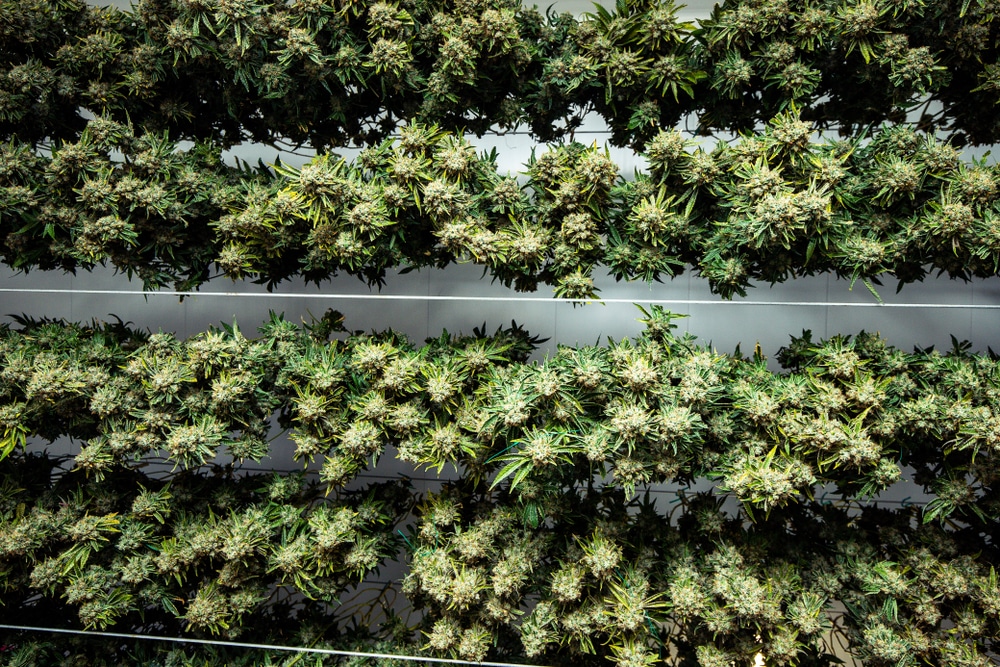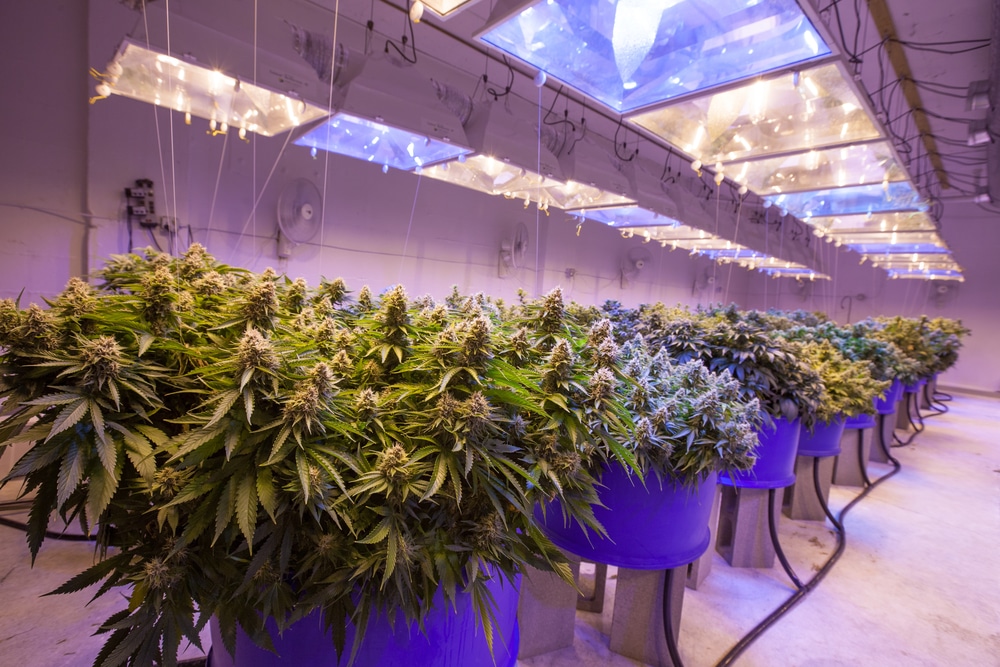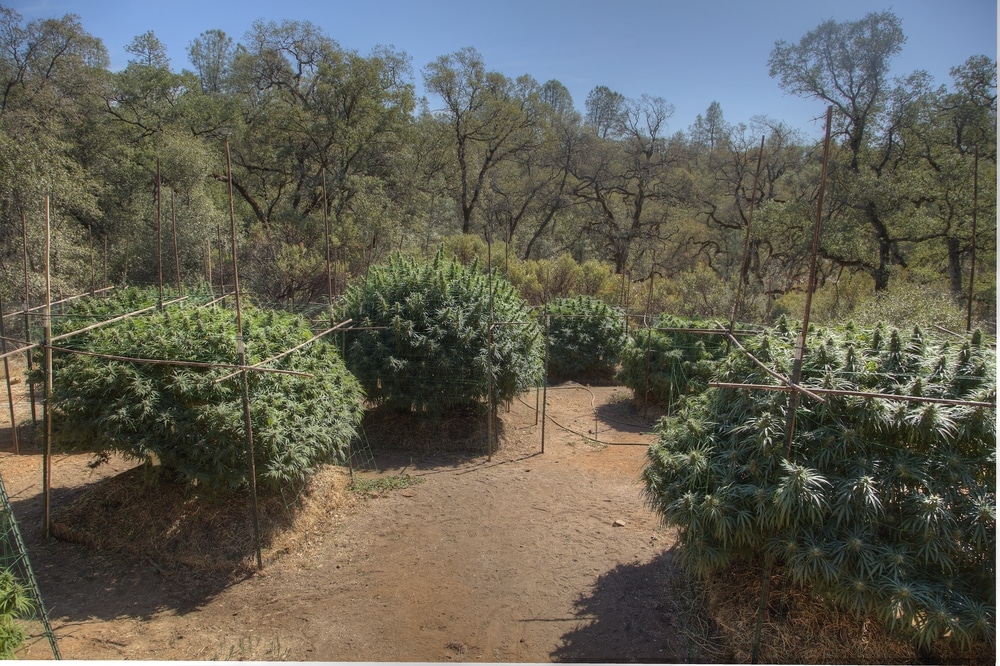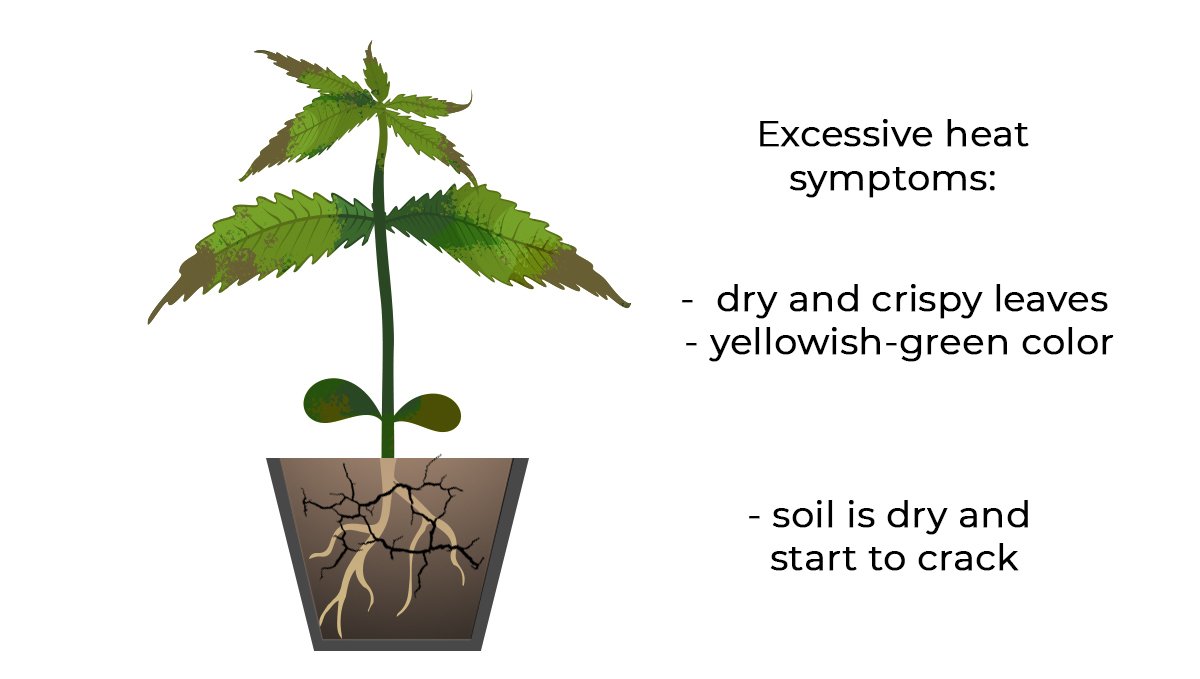No products in the cart.
Marijuana Education
Knowing When to Harvest Cannabis Plants
Among the most crucial aspects of cultivation is knowing when to harvest cannabis plants. The immense focus on different growth stages means some forget the significance of chopping a crop at the correct time.
Cultivators can spend months on meticulous plant maintenance and find their efforts in vain due to improper harvesting. There are various ways to determine if a crop is mature and ready to chop down.
Read on to learn how to spot when it’s time to harvest your cannabis plants and reap the rewards.
Let’s dig in!
How long does it take for buds to be harvest-ready?
Marijuana cultivators aim for perfection in all aspects, and proper harvesting is essential for quality and yield. Modern advancements become redundant if you chop your crop too early or late.
The timescale from germinating a seed to having cannabis ready for harvest depends on various factors. Genetics plays a significant role in how long it takes for plants to mature.
We classify most cannabis cultivars as indica, sativa, or hybrid (a mixture of the two). These loose botanical terms typically refer to a plant’s genetics and growth structure.
There are thousands of individual strains within these categories with specific flowering times. Indica variants tend to bloom faster than sativas, but there are exceptions.
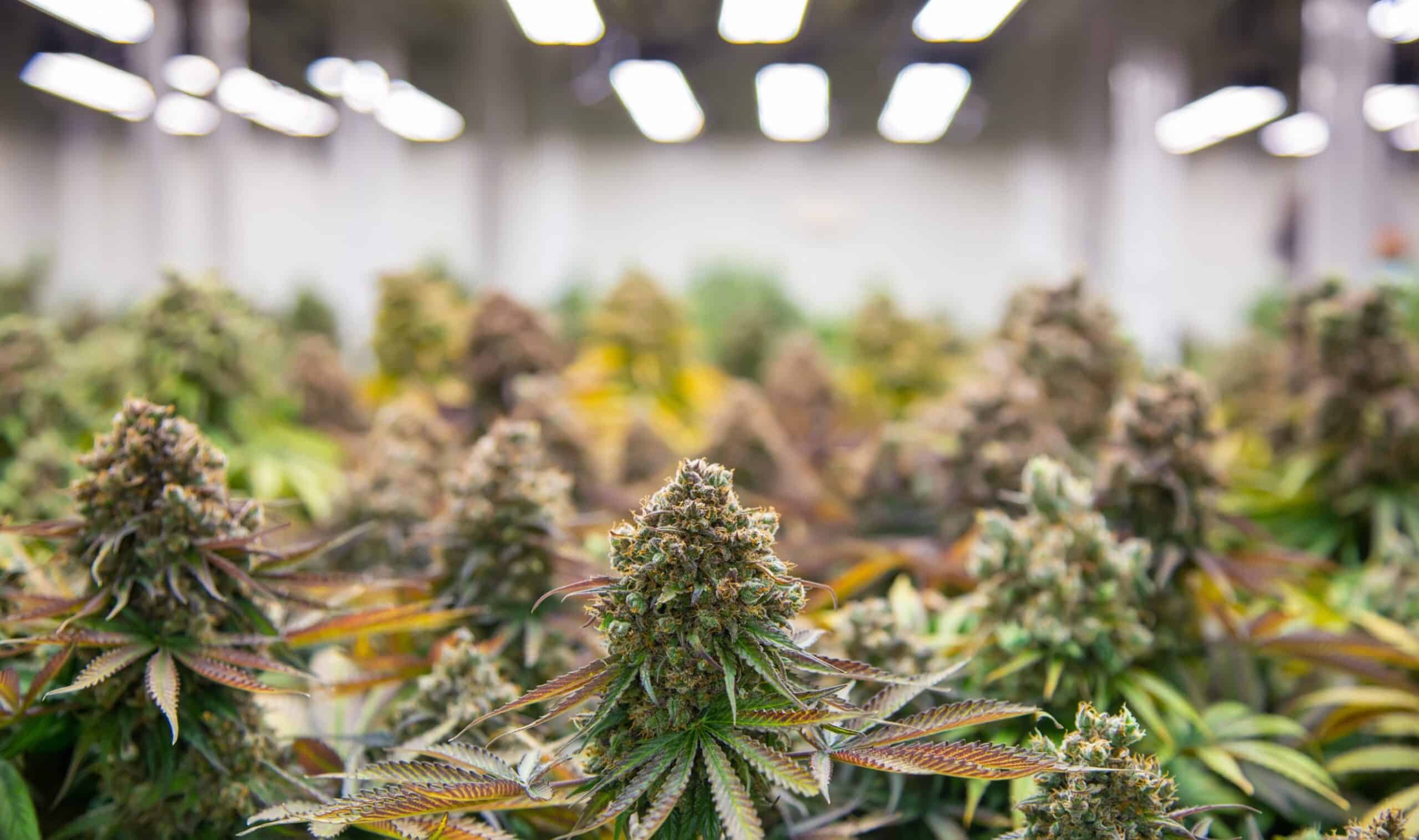
The range of timescales for when to harvest cannabis expands further with autoflower and fast-version types.
Indoor cultivators increase the variables, as they can choose how long a crop stays in vegetation. They can keep a plant growing in this stage almost indefinitely by maintaining an 18/6 light cycle.
Germinating a seed takes 3–10 days before it’s a sapling and ready for movement to its long-term medium. The vegging period is typically between 3–12 weeks, and flowering times are strain-dependent.
There are hybrids crossing indicas or sativas with ruderalis (a third genetic type). This process creates cultivars that grow according to time rather than light stages.
The life cycle of autoflowering cannabis strains is fascinating and convenient. These variants develop quickly, and some bloom in less than four weeks.
Regular or feminized strains generally require longer flowering times. A typical bloom time is around 7–10 weeks, but some cultivars require up to 18.
Considering all the variables, it takes approximately 4–6 months from seed before cannabis is ready for harvest. Growth duration differs for every strain, but all cultivars show similar signs of perfect maturity.
What are the signs that a plant is ready for harvest?
There are step-by-step guides explaining how to harvest weed, but knowing when is essential. Let’s explore the obvious and subtle signs of a plant nearing perfect maturity.
Yellowing leaves
Cannabis leaves turning yellow is often a cause for concern among cultivators. This color change isn’t ideal during development as it could mean a nutrient deficiency or disease.
The yellowing of cannabis leaves is primarily due to a nitrogen shortage. A lack of this essential nutrient is problematic during growth, but it’s perfectly natural when plants reach maturity.
Yellowing leaves are often a daunting sight for growers. This color change can also mean it’s time to harvest your cannabis plants.
Pistils begin to turn orange or red
Pistils help form the reproductive organ structure of female cannabis plants. They play a vital role in collecting pollen from males, and stigma hairs grow from them. These features become visible during the flowering stage and help determine the best time to harvest.
As cannabis crops develop, the white or yellow stigma hairs change color. They begin to turn orange or red as they near maturity. This process occurs because the plant no longer requires pollen, signifying the end of its life cycle.
The ideal moment to harvest your crop is when approximately 70% of the pistils turn orange or red.
Trichomes begin to change color
Trichomes are resin glands on flowering plants and play a role in perfecting cannabis harvesting. They cover buds and leaves, giving them a sticky and shiny surface, and they emit a powerful aroma.
These resin glands are tiny, and a jeweler’s magnifying glass is the perfect tool for proper inspection. Trichomes have a mushroom-like shape with a head and slender body. Their tops appear translucent throughout most of the plant’s flowering stage.
As crops near maturity, the resin glands increase, and the heads become milky white. Cannabis trichomes at harvest time change color quickly. Frequent observations and inspections become essential to catch the perfect moment.
The plants are mature when the glands have a noticeable amber hue. Trichomes offer the best indicator for precise harvesting at the optimal time.
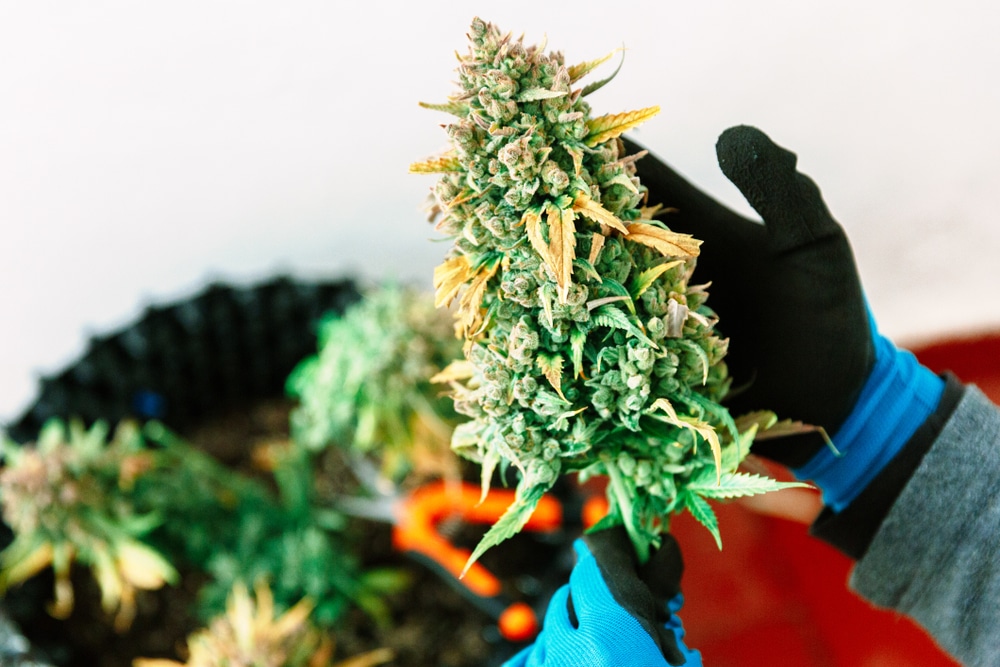
Slight curling of the leaves
There are multiple reasons why cannabis leaves curl. If you notice your foliage distorting before maturity, it’s usually an issue.
Overwatering is the most common cause of this phenomenon, but it may signify other problems. Extreme temperatures are another reason for distortion among the foliage.
Slight curling of the leaves when your crops mature is nothing to worry about. Much like yellowing vegetation, this structural change can signify the end of a plant’s life cycle. The foliage stops absorbing nutrients when cannabis is ready for harvest.
Buds firm up and change shape
As cannabis flowers develop, they’re initially wispy and not very compact. The buds continuously change shape throughout the bloom period. They form at multiple points around the plant and usually have one primary cola.
The buds stop growing in size and become dense and firm as crops near maturity. Their shape compacts, and they change color. This part of the plant’s development usually occurs a few weeks before cannabis is ready for harvest.
When crops reach this growth stage, they focus all their energy on cannabinoids and terpenes. The bud shape continues to change, but it isn’t an exact measurement of maturity. Defaulting to trichome and pistil methods is the only way to guarantee perfect ripeness.
There are further tips for optimizing this crucial process before drying your buds. Are you wondering what time of day to harvest cannabis for the best results? Most personal and commercial cultivators agree on early morning hours or before the next light cycle.
How to know it’s too early to harvest cannabis plants
Harvesting cannabis plants too early means buds won’t have sufficient cannabinoid or terpene development. Chopping your crop too soon results in a poor-quality product with minimal potency and unfavorable flavors. Unimpressive yields are an added disappointment.
The consequences of harvesting cannabis too early are significant, but it’s easy to avoid. Here are some simple ways to know your plants aren’t ready:
- The stigma hairs are still white and long, protruding straight from the buds
- Buds aren’t showing signs of becoming dense, or they’re still growing in size
- If you inspect the trichomes and they’re still translucent or white, your plants aren’t ready
While this understanding ensures you harvest at the right time, knowing a specific strain’s flowering time is beneficial. Most cannabis cultivars on the market provide detailed grow info, allowing you to optimize your chances of a successful crop.
Spotting a late harvest
A late harvest of cannabis can ruin an otherwise perfect crop. Allowing your plants to remain in a medium beyond their life cycle causes significant reductions in potency.
The mistake can also cause pathogens and molds, affecting the production and quality of cannabis (pre and post-harvest).
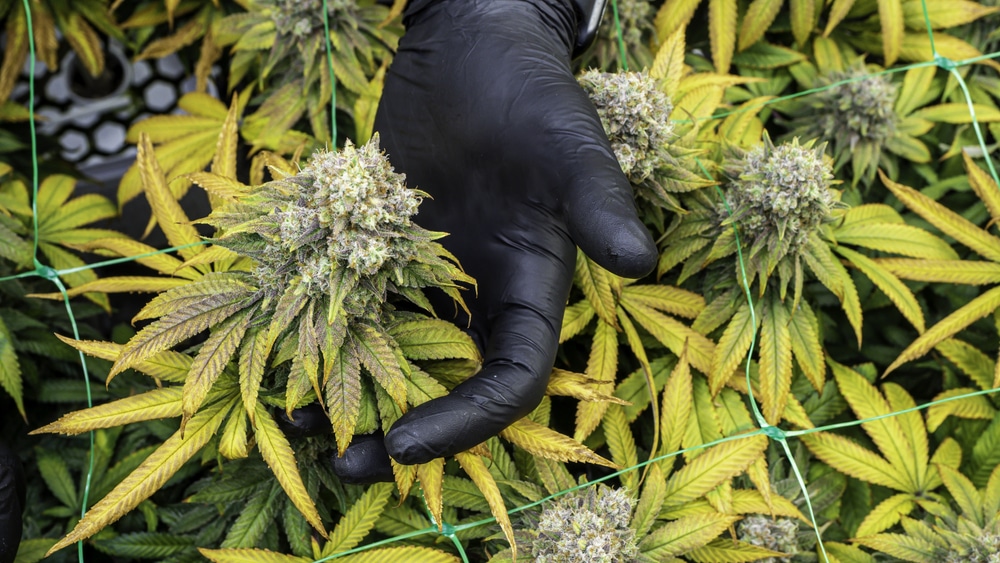
Let’s avoid these problems and look at some telltale signs of a late harvest:
- Stigma hairs turn from orange or red to dark brown
- Trichomes darken and lose their perky shape
- Buds begin losing their vibrancy, and colors fade
- The aroma becomes stale and musky
- Mold and signs of general degradation become evident
When you harvest cannabis, the crops often exhibit visual features similar to symptoms of problems. These comparisons may confuse some cultivators if they don’t consider the timing.
Drooping cannabis leaves during growth likely means there’s an issue, but it could also signify a mature crop. Understanding the difference between seeing these symptoms mid-development and at the end of a plant’s life cycle is essential.
Harvest cannabis at the right time to reap sublime rewards
The cultivation world is rapidly advancing, and the cannabis plant continuously surprises people with its potential. Knowing when cannabis is ready for harvest is fundamental to producing an abundance of quality buds.
Mastering the basics enables further focus on complex aspects of growing marijuana and makes perfection achievable.
Are you eager to enhance your expertise in cultivation? Check out our blog for more comprehensive information about the world of weed.


